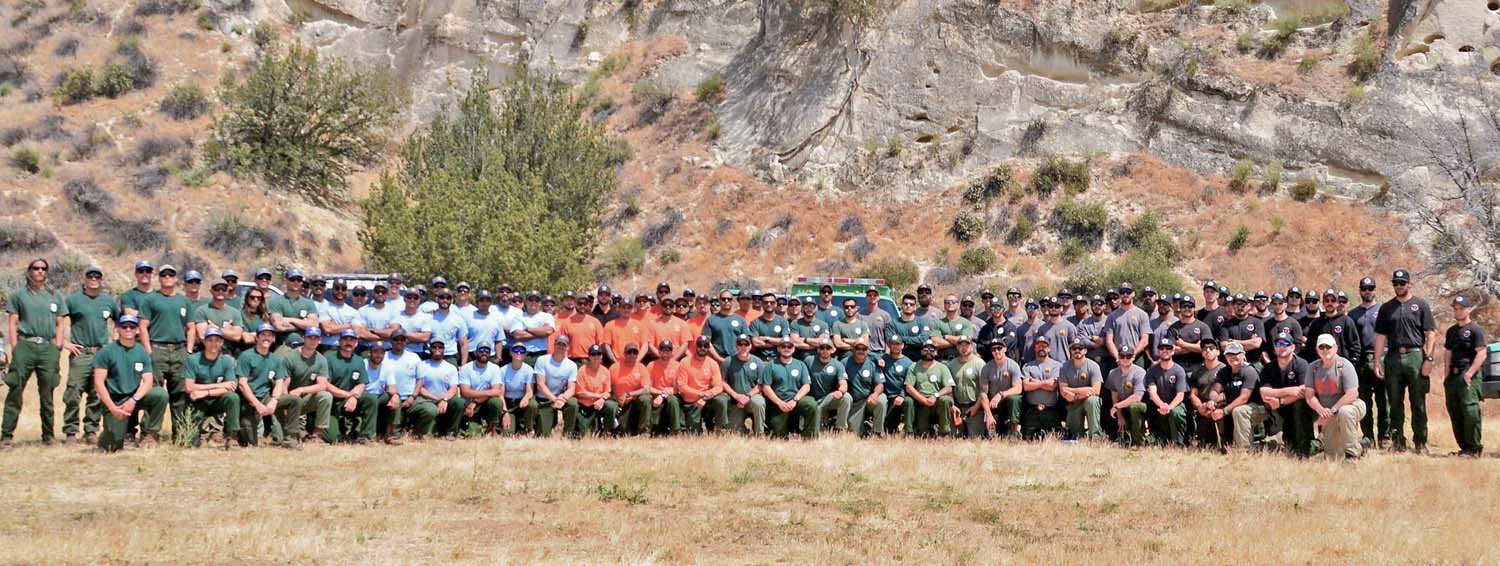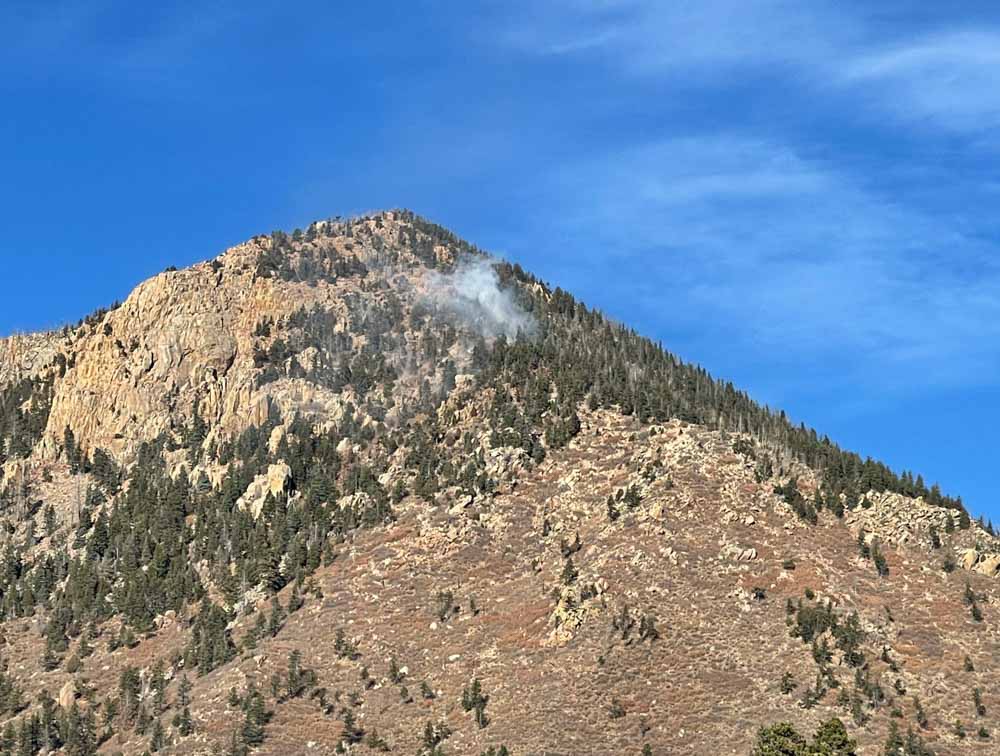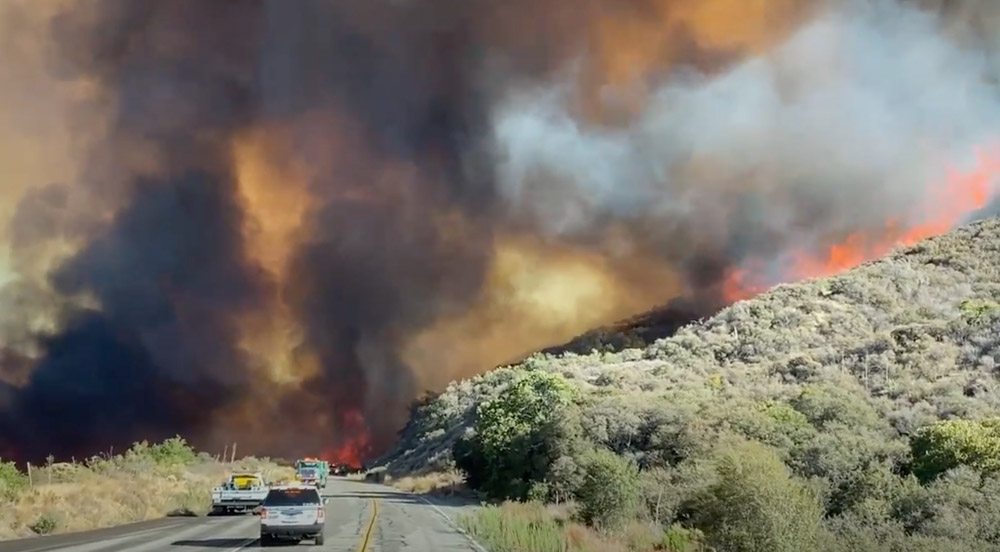
The holidays at the end of the year can be tough for many people, including wildland firefighters. With that in mind we are re-running this article from a few months ago.
Wildland firefighters on crews that are often deployed on endless 14-day assignments far from home may become acclimated to the high energy adrenaline-fueled environment. They are part of a team working toward the same clear objective, constructing fireline, installing hose lays, or mopping up. The goal is usually very obvious, and when done they can look back and see what they accomplished while part of a group that over months together could complete each other’s sentences. They know what each would do when faced with a pulse-elevating situation, or how they deal with boredom while waiting for a ride back to fire camp.
When the fire season is over, their environment goes through a metamorphose. Almost overnight they may find themselves with their spouse, significant other, children, parents, non-fire friends, or, alone — a completely different situation from the previous six months. Some firefighters adapt more easily than others. Those that don’t, may experience mental health issues and mild or severe depression. Spouses or children of the often-absent firefighter may also show symptoms.
In the last five years we have learned that the suicide rates of wildland firefighters is “astronomical”, according to information developed by Nelda St. Clair of the Bureau of Land Management in 2017. It is high even when compared with structural firefighters, which is also higher than the general population.
As we approach the slower part of the fire year, especially for those who are employed less than full time, if you know someone who seems very depressed, it is OK to ask them if they are thinking about suicide. Some people think this will spur suicide attempts but that is not accurate. Encouraging them to talk could be the first step leading them to safety.
This video encourages that communication. (I’m told that some of the people in the video are YouTubers. It features Hannah Hart, Liza Koshy, Markiplier, Meredith Foster, Orion Carloto, Remi Cruz, Shannon Beveridge, Tyler Oakley, and Tyler Posey.)
Members of the military returning from deployment can also have difficulties readjusting to life back at home. A Department of Defense webpage has information on the subject that appears to be directed toward the spouse. Here is an excerpt.
Depression and Suicide Prevention
Depression can happen to anyone – resulting in long-term feelings that affect an individual’s mood and daily activities. Service members may be facing challenges during reintegration that seem completely overwhelming, but understanding the warning signs for depression and suicide can help you intervene and get the them the help that they need. Signs to be aware of include:–A range of emotions and changes in personality, including repeated and intense feelings of sadness, anxiety, hopelessness or pessimism
–A loss of interest in life or hobbies and prolonged periods of crying or sleeping
–Substance abuse or withdrawal from friends and family
–Displays of emotional distress in online activity
–Excessive feelings of guilt, shame or a sense of failure
–Physical symptoms like weight loss or weight gain, decreased energy, headaches, digestive issues or back pain
–Talking about dying or seeking information about death.
Help is available for those feeling really depressed or suicidal.
- National Suicide Prevention Lifeline: 800-273-8255. Online Chat.
- Anonymous assistance from the Wildland Firefighter Foundation: 208-336-2996.
- National Wildland Fire and Aviation Critical Incident Stress Management Website.
- Code Green Campaign, a first responder oriented mental health advocacy organization.
- Would you rather communicate with a counselor by text? If you are feeling really depressed or suicidal, a crisis counselor will TEXT with you. The Crisis Text Line runs a free service. Just text: 741-741














